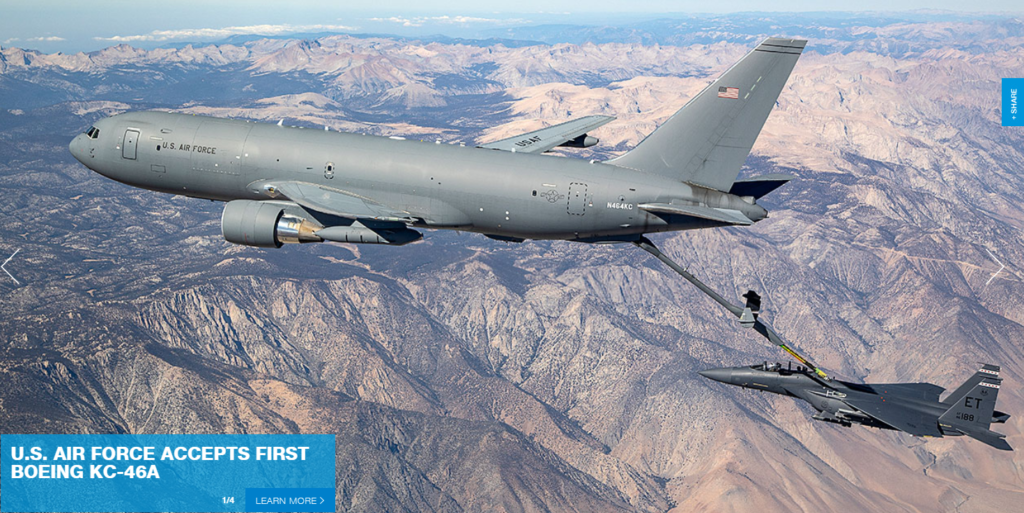Airbus Skyways Drone Trials First Shore-to-Ship Deliveries
Airbus has begun shore-to-ship trials in Singapore with its Skyways parcel delivery drone. This marks the first time drone technology has been deployed in real port conditions to deliver a variety of small, time-critical maritime…
